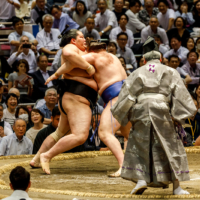Hours after the U.S. dropped the world’s most powerful bomb over Nagasaki on Thursday, Aug. 9, 1945, a 17-year-old boy pulled a pencil and a dusty pocket diary from his baggy work trousers and began to write.
Koichi Tagawa had survived the blast because he had been building airplane torpedoes in an underground tunnel. His mother, Wasa, and about 74,000 residents died after “Fat Man,” a 10,300-pound plutonium bomb, exploded over the city.
Koichi’s diary entries, written in precise kanji and hiragana characters 80 years ago today, are unique first-person evidence of the explosion’s aftermath. Koichi shared his diaries with me while I was researching my book, “The Martyr and the Red Kimono.” The book was published in Japanese last month with the title “Following the Footsteps of the Saint of Auschwitz: A Story of a Hibakusha and a Sakuramori.” “Something inside me urged me to write,” Koichi told me. “Was it my mother? God? Another force? I don’t know, but the words flowed.” For two months, the teenager recorded his heartbreak and confusion amid the unprecedented destruction.


















With your current subscription plan you can comment on stories. However, before writing your first comment, please create a display name in the Profile section of your subscriber account page.